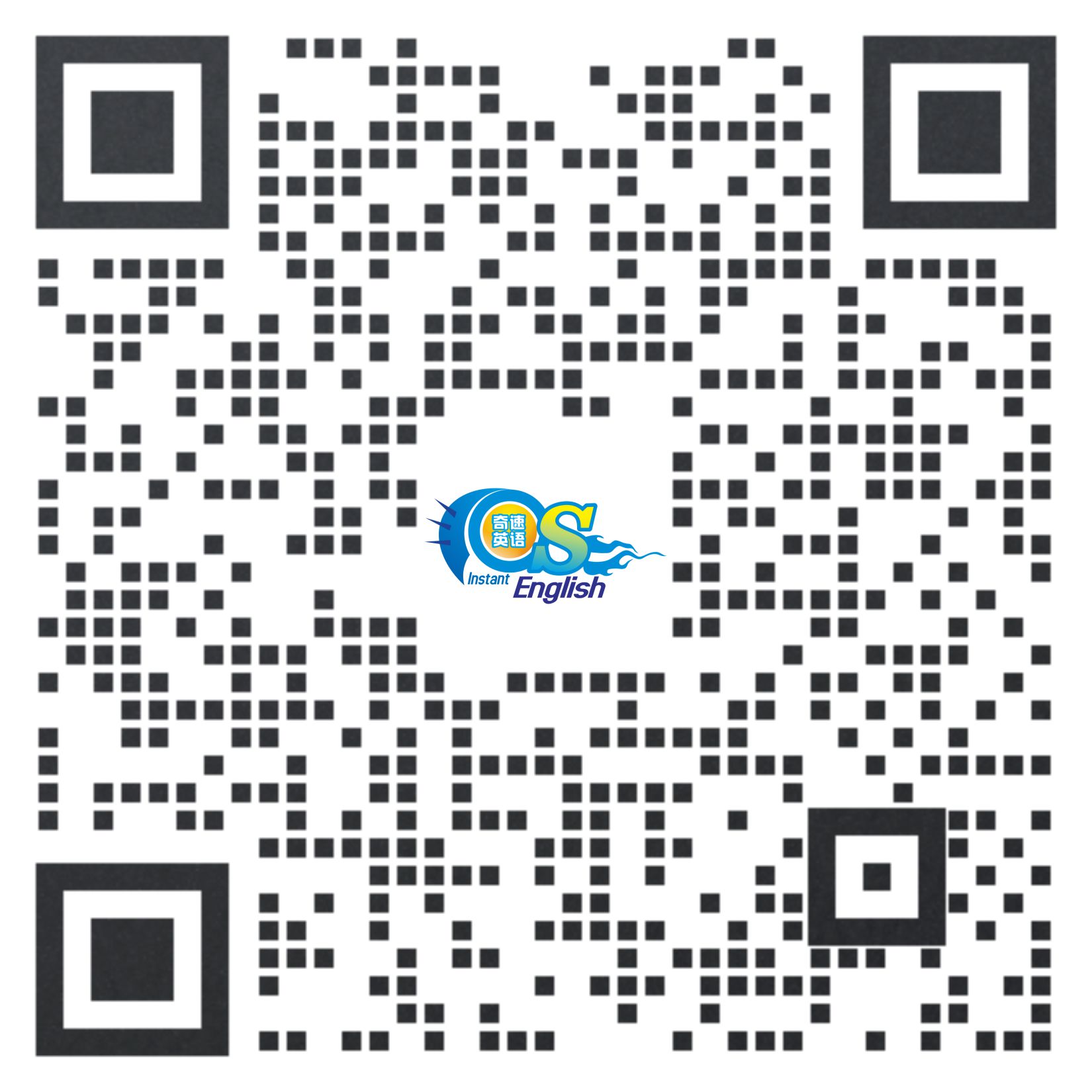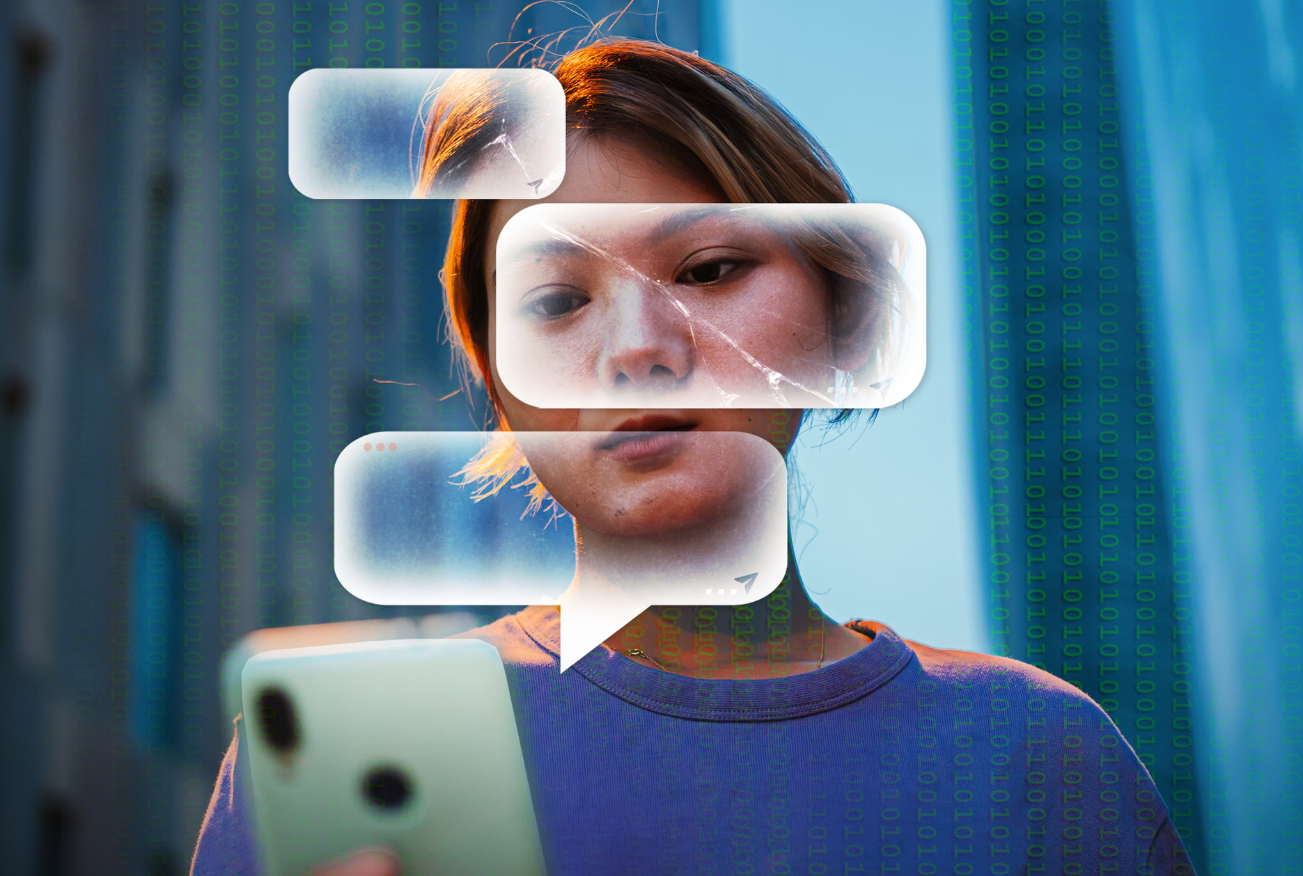
Artificial intelligence and social media are accelerating the spread of misinformation dressed as science. Lies that once travelled slowly, and stayed relatively local, now surge across the globe. When people share mistruths – for example, about vaccines, paracetamol or clean energy – the consequences are real and sometimes tragic. Preventable diseases such as measles are now returning to Australian communities because of unfounded fears about vaccines.
1. ________Misinformation is false or misleading information. Sometimes it’s spread by people who deliberately lie about the facts; this is referred to as disinformation. And sometimes it’s spread by those who just don’t know better. Either way, it is becoming more prevalent and more corrosive at all levels, affecting both personal and social dimensions. At a personal level, bad information can damage your health, lead to poor financial decisions, and undermine your ability to make informed choices. At a social level, it erodes trust in institutions, poisons public debate, and pushes people to extremes. Ultimately, misinformation makes it harder to agree on facts, harder to work together to solve shared problems, and undermines the social solidarity and democratic resilience.
2. ________
When faced with large volumes of information, we often rely on mental shortcuts. While they help us process the information quickly, they can backfire – especially when the information is emotional, threatening or comes from like-minded people. We’re more likely to believe it if it aligns with our existing views or comes from someone we trust.
3. ________
In light of our brain’s wiring, when confronted with new information we need to pause and ask: is this the best information I can get? Would it stand up to scientific scrutiny? Did it come from someone using the scientific method – a way of rigorously testing ideas through observation, hypothesis and experiment – or just from someone I follow online? To help answer these questions, you don’t need to be a scientist to spot good science. If in doubt, look for scientific consensus – the collective agreement of experts that is based on accumulated evidence. It is built through repeated testing, peer review and open debate. Peer review – where scientists scrutinise each other’s work – helps detect and correct errors. It’s not perfect, but it’s robust. For example, early in the Covid pandemic, scientists initially underestimated the impact of airborne transmission. But peer-reviewed studies quickly corrected that understanding, leading to updated health advice. That is science working as it should.
4. ________
Trusting science isn’t about having blind faith in scientists. It’s trust in the scientific method: predict, test, observe, refine. Science questions everything, and while it doesn’t claim perfection, it offers the best knowledge we have at any given time. It’s not the only source of truth, but it’s a damn good one. Almost every element of modern life – including the device you’re reading this on – is built on knowledge gained through the scientific method.
5. ________
Misinformation is harder to detect and dangerous, so we must be extremely alert because the stakes are extremely high. Our collective wellbeing depends on our capacity to distinguish credible science from persuasive fiction. It depends on our willingness to think critically, seek reliable proof from credible sources, and keep our nonsense detectors switched on.
Directions:
Read the text and answer the questions by choosing the most suitable subheading from the list A-G for each numbered paragraph (1-5). There are two extra subheadings which you do not need to use.
[A] A Call for Vigilance and Critical Thinking
[B] The Perfection of Science
[C] The Foundation of Scientific Trust
[D] Cognitive Shortcuts and Belief
[E] The Accelerated Spread of Falsehoods
[F] Defining Misinformation and Its Impacts
[G] Tools for Identifying Reliable Science
原创编写 版权所有 侵权必究! 每日更新 个性化阅读 英语飙升!
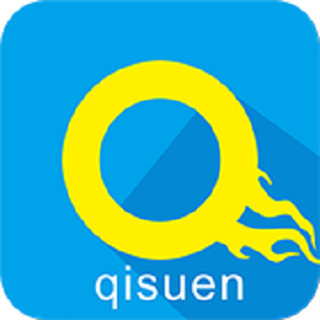
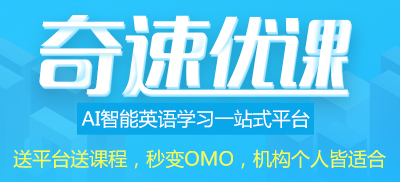


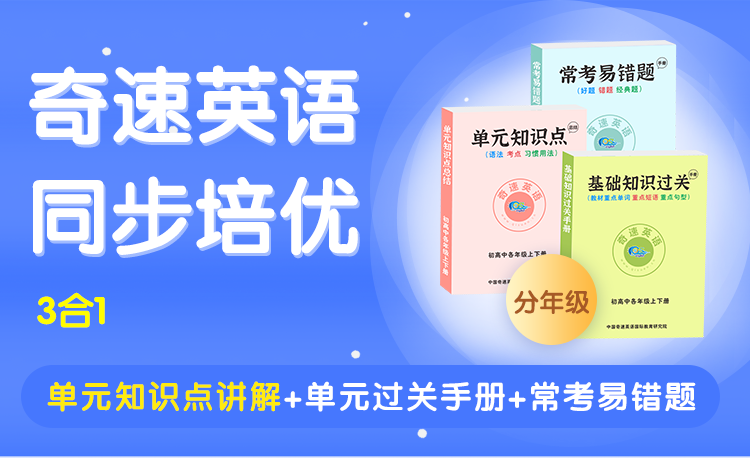
 更多优质学习内容
更多优质学习内容



